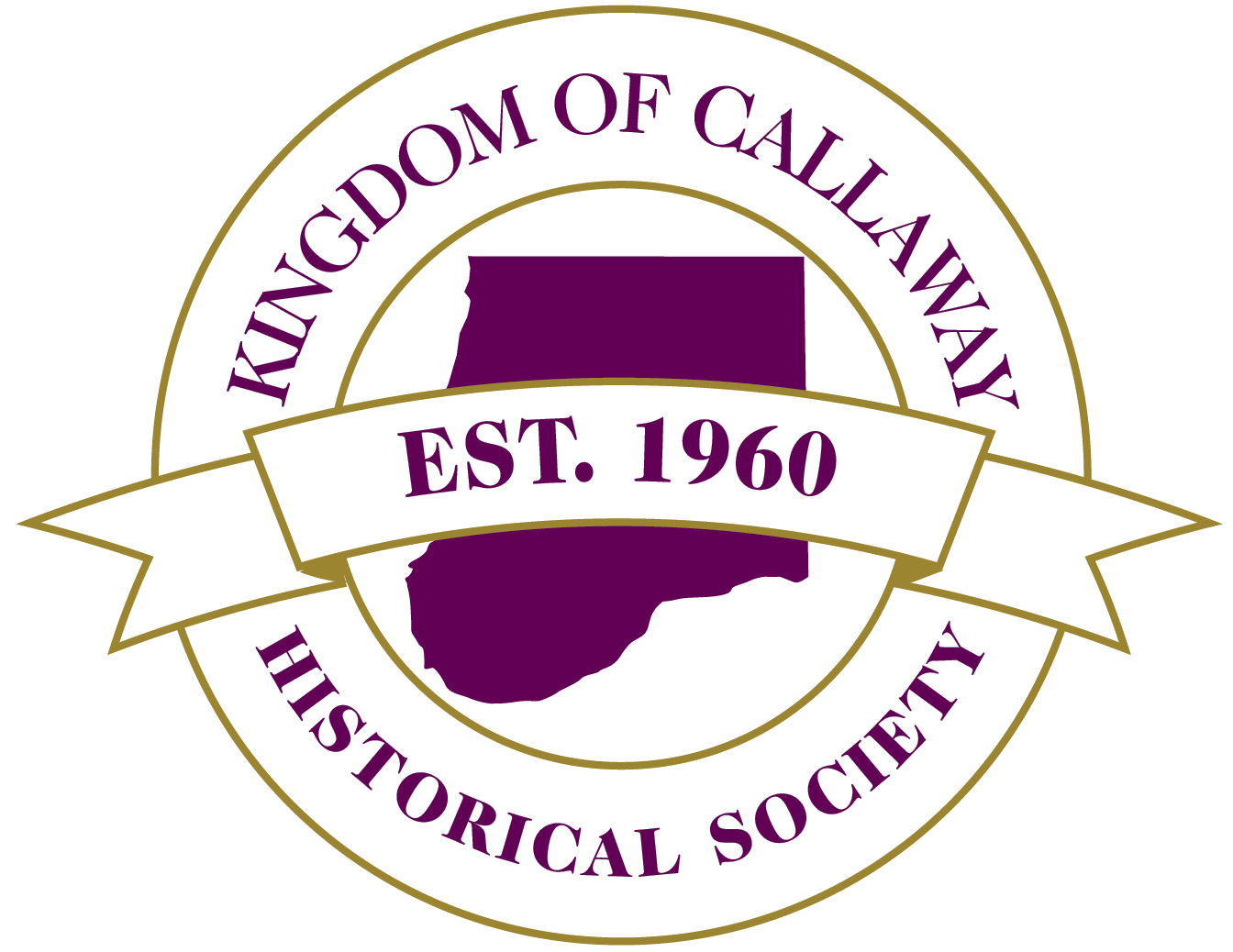Westminster College
When the Reverend William W. Robertson became pastor of the Fulton Presbyterian Church in 1841, he began advocating for a church-sponsored college to educate young men. He believed that the Missouri Synod of the Presbyterian Church should establish such an institution - and that Fulton would be an ideal location for this endeavor.
In 1851, Robertson convinced the Session of the local church to establish a college to be named Fulton College. He then turned his attention to persuading the Synod to adopt it as the official college of the Presbyterian Church in Missouri. After his first efforts failed to produce the desired results, Robertson invited the Synod to hold its next meeting in Fulton in 1853. Four proposals were presented, from Callaway and Ray Counties and from the towns of Boonville and St. Charles. After discussion, 32 of the 57 members present voted that the Synod take control of Fulton College. They insisted, however, that the school have a “more Presbyterian name”, and so, Fulton College became Westminster College.
In 1853, Fulton’s 4th of July celebration, attended by an estimated 3,000 people, culminated in a procession to the college for the laying of the cornerstone of Westminster Hall and followed by a sumptuous feast. By February 1853, the three story red brick building featured in this week’s postcard was ready to welcome students. It served as the college’s primary classroom space until 1909 when a devastating fire destroyed the building, leaving only the Corinthian columns that adorned the main entrance.
Today, Westminster students pass through the Columns twice: the first time at the opening convocation when, as freshmen, they join the Westminster community and the second, at graduation when they return to the larger world. Students show great respect for this tradition and have been known to chastise children or visitors who unknowingly try to cross through the Columns.
What color is this building? The answer to the question seems obvious, particularly because the exterior appearance of Newnham Hall (formerly the Hall of Science or Science Hall) has not changed significantly since its completion in 1901. If, however, you cannot compare the postcard to the building itself, the answer is less clear as we have a second postcard labeled Science Hall that shows the building in red brick. In fact , two weeks ago, had we not read Dr. William Parrish’s description of the original Westminster Hall as a red brick structure, we might well have published an identical postcard in which the original Westminster Hall is the same color as the present one. How did this happen?
The earliest postcards had a place for an address on one side, leaving the other side blank for a message. In 1861, the United States Congress authorized privately printed cards, weighing one ounce or less, to be sent through the mail. The same year, John P. Charlton obtained a copyright for these cards which was then transferred to H. L. Lipman. “Lipman cards” were decorated with a simple border, while still allowing space for a message. In 1872-73, the United States Postal Service began issuing its own cards for 1 cent, whereas the private mailing cards (until 1901 they could not legally be called “postcards”) required postage of 2 cents.
Privately printed cards became increasingly elaborate with lithographs and later photos replacing the space originally designated for a message. Cards featuring the Eiffel Tower from the Exposition Universelle of 1889 in Paris proved extremely popular – and collectible – as did a set of souvenir cards sold at the Columbian Exposition of 1893 in Chicago. At the turn of the 20th century, “Real Photo” postcards began to appear, marking the beginning of “the Golden Age of Postcards.”
The high quality of European, and especially German, postcards was widely acknowledged in the United States. Although the photos themselves were black and white, German expertise in a process called chromolithography enabled them to print colored cards. Many of the cards in this project bear the inscription “Made in Germany. Patton’s Book Store, Importer and Publisher. Fulton, Mo.” Some of these cards remain in black and white, but many have been colored – and not always in colors that correspond to the building in question. With the First World War, postcards were no longer imported from Germany and their popularity declined until the late 1930s into the 1940s when photochrom and color film arrived on the scene.

